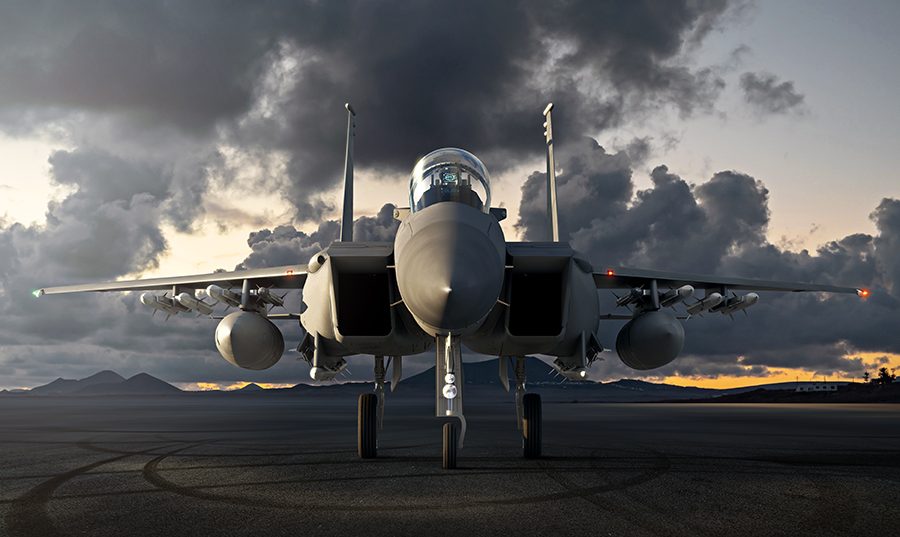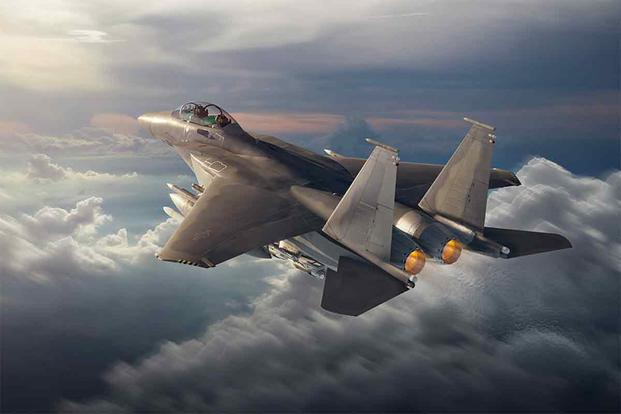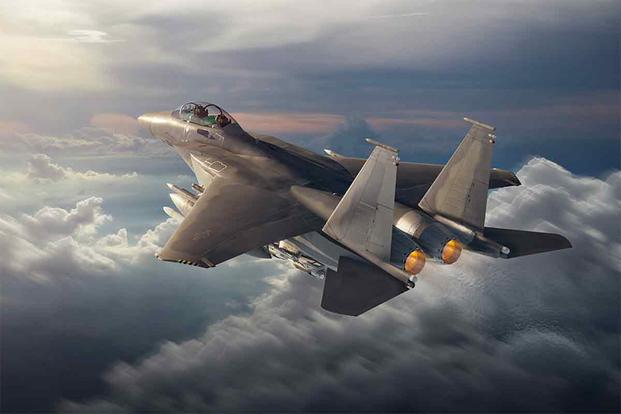The Air Force's new F-15s are supposed to complement the F-35, not compete with its mission.

www.military.com
Everything You Need to Know About the Air Force's New F-15EX
The Air Force announced it will sole-source two contracts, one for the F-15EX and the other for its F110 engines. (Courtesy of Boeing)
Military.com | By
Blake Stilwell
The Pentagon is set to buy the first of Boeing's new fourth-gen plus F-15EX fighters. The new purchase will cost the government $1.1 billion for eight of the new aircraft, with more buys to come in later years.
For those wondering why the
Air Force would opt to buy an upgraded version of an older fighter instead of more modern, stealth fighters like the F-35, you aren't alone.
Even the Air Force was surprised to find out it was getting the F-15EX, let alone 144 of them. Eventually, the F-15EX will replace the aging F-15C/D, and those aircraft will be decommissioned.
The Air Force currently flies 235 aging F-15C/Ds that were in line to either be decommissioned or upgraded. Instead of spending money on those, the Air Force will simply buy newer models.
Boeing has been selling different versions of the plane to countries like Kuwait and South Korea, rolling out newer models as time went on. It was foreign sales and development of those nifty new upgrades that kept the F-15 program alive.
This made the F-15EX an affordable option for the U.S. military today. Besides having an easy upgrade available, the Air Force also won't have to to train anyone on flying or maintaining them and there will be no changes to their supply chain.
Even though the F-15 first appeared in the mid-1970s, today's F-15 is a lot more advanced than the ones first delivered to the USAF in 1974.
The Eagles of today have stronger airframes, more powerful processors and advanced flight control systems than any the Air Force still flies. What's new to the F-15EX is an advanced radar and other subsystems that other countries' Eagles don't get. Around 30% of the American F-15EX would be unique to the U.S. military.
According to Air Force Magazine, "The new airplanes would have a substantially more powerful mission computer, new cockpit displays, a digital backbone, and the Eagle Passive Active Warning Survivability System (EPAWSS) -- an electronic warfare and threat identification system."
There's a good reason other Air Forces around the world still fly F-15s, even without U.S. technology: they've
never lost in combat. This is a pretty big deal -- especially if the enemy isn't flying F-15s.
In the unlikely event that an enemy combatant is flying the same F-15, there's no need to worry. The U.S. version of the F-15 is different from those sold to others.
Upgrading F-15s also won't change operational strategy, as the older airframe is supposed to compliment the
F-35 Joint Strike Fighter, not replace it.
The F-35 enters enemy airspace to identify and engage targets,with superior stealth and sensor technology. Once the airspace is clear, the F-15 comes in like a wrecking ball, with the capacity to carry much more ordnance than the F-35.
F-35s carry weapons in an internal bay to maintain its radar stealth profile. The F-15, in contrast, has no problem being loaded down with weapons. Each F-15EX can carry nearly 30,000 pounds of air-to-air and air-to-ground weapons. The F-35 can only carry 5,700 pounds.
Think of it as the Air Force's sniper and spotter combo: the F-35 sees the enemy coming as the F-15 takes them down.



